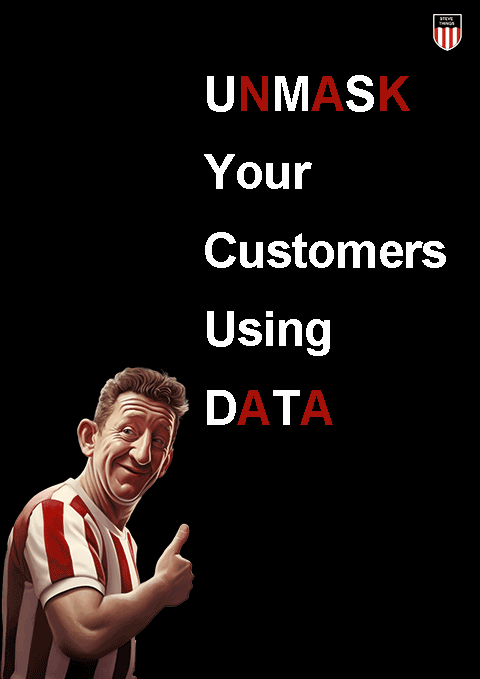I don’t do predictions so I thought I’d give you some tips, whether you’re in e-commerce, the lead generation business or the media advertising business.
If I could only do 5 things using Analytics for my business in 2022 these would be the first things I’d do.
1) Measure segmented outcomes.
In e-commerce it’s easy, measure conversion rates to sale across your different traffic sources, types of device and most importantly different types of customer lifecycle. I wrote an article about this earlier. With lead generation measure conversion rates of how many people sign up to hear more about your services versus those that bounce or come from countries you don’t target. With the media business the outcome might be the amount of heavily engaged visitors. Those that stay on your sites longest and see the most pages are able to see more adverts. By segmenting you’re able to determine the traffic sources to concentrate on (the one that drives the most outcomes).
2) Measure bounce/exit/abandonment rates against segments.
As a place to start monetising your potential. These metrics indicate people who haven’t found what they wanted. In all three sectors you have different reasons for not wanting this to happen. In e-commerce sites you don’t close the sale if the abandon from your shopping cart process. In Lead generation sites you don’t get the lead if they exit from your form sign up page. In Media sites it’s not ideal from your revenue perspective as 1 page visits (especially) don’t add up to many advertising Euros. Segment here again to find the worst sources of traffic so you can see if it’s worth eliminating them or changing your content/processes to reflect what people want.
3) Targeting. When driving traffic do targeting.
Anyone can spend next to nothing and drive un-targeted low value traffic. Hey look how many page views boss! But what is the conversion rate? On Facebook you can target people that are interested in exactly what you sell. You just need to do a little work to identify the people you want. It’s better to spend €1000 on 5000 targeted visitors than €1000 on 50,000 un-targeted ones. Your conversion rate will be higher and your bank balance better because of it. That’s the same whether you’re in eCommerce, Lead generation or media a marketplace.
4) Include other data sources.
You don’t live in a vacuum, your competitors might be the reason your conversion rate is low if you’re in e-commerce. What if they sell the same product you do at half your prices with twice your shipping speed? If you’re in the lead generation business check out whether you are outperforming your competition. You may be driving 20% more traffic (and thus getting 20% more leads) than last year which is a result but only if you outperform the rest of your market. If you’re in media advertising well you need external numbers to compare how well your competitors are driving traffic so you can put your own traffic into context.
5) Monetise, Monetise, Monetise.
In e-commerce it’s very easy, improving conversion = €xxx,xxx similarly with lead generation any improvement in exit/bounce/abandonment translates to potential value. With media sites you either cut your costs, increase your traffic or get more engaged traffic. Increased traffic or more engaged traffic means more advertising can be sold thus increasing revenue.
6) Bonus tip: Get a Customer Data Platform.
Customer data platforms (or CDPs) are becoming increasingly important. According to Wikipedia, a Customer Data Platform (CDP) is "a collection of software which creates a persistent, unified customer database that is accessible to other systems. Data is pulled from multiple sources, cleaned and combined to create a single customer profile." So what's the benefit? In my view the biggest single thing that a CDP enables is being able to reach the right customer, at the right time, in the right place, in a privacy first manner. Something that is going to change the face of web analytics in 2022/23.
So, there you have it. Short and hopefully sweet. Only one thing left to say…
Happy New Year!

